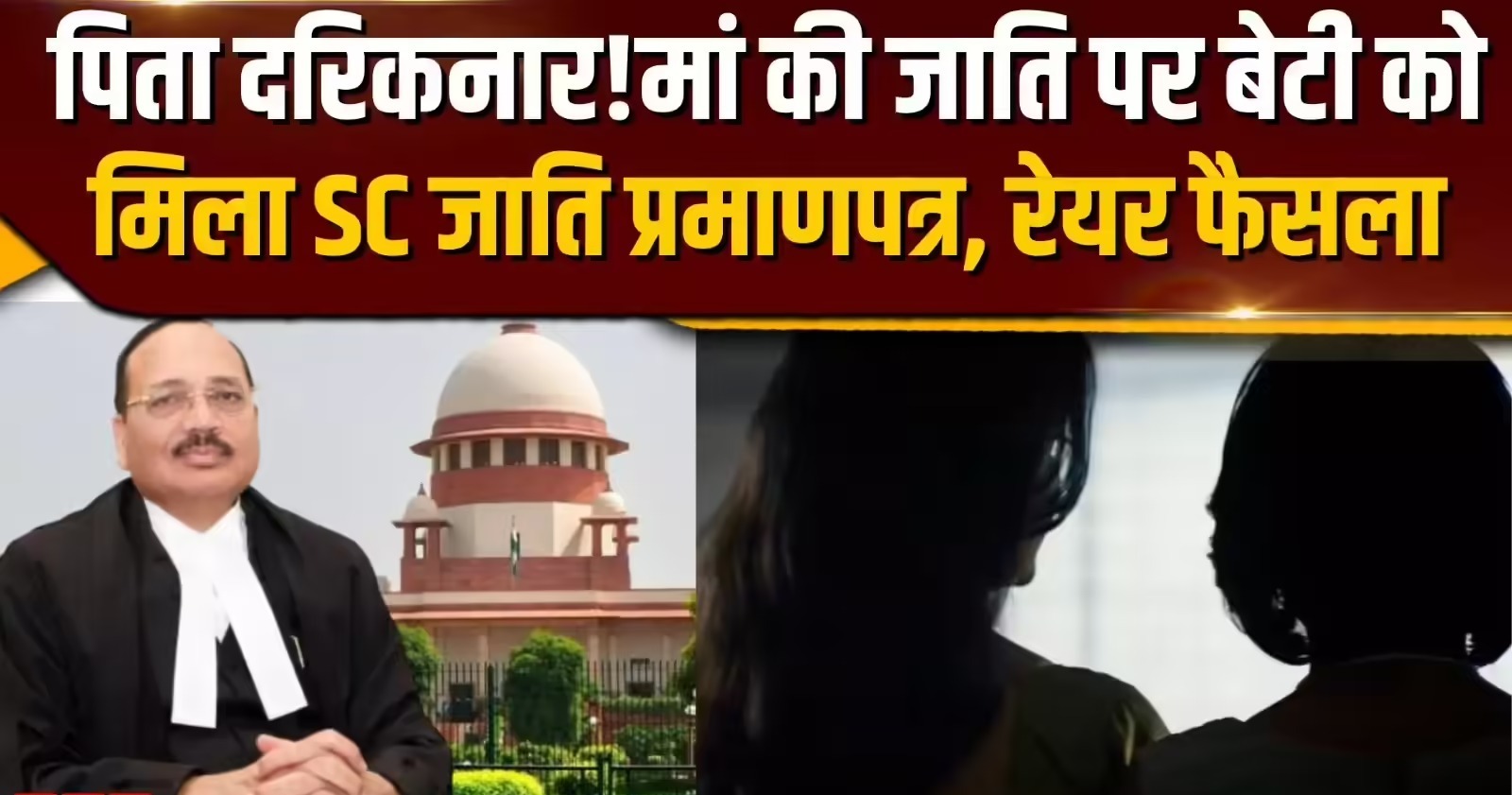1. This revisional application at the instance of the plaintiff is directed against an order dated April 18, 1980 passed in Title Suit No. 99 of 1976 of the 3rd Court of Ld. Subordinate Judge at Alipore.
2. The plaintiff instituted the aforesaid suit for a mortgage decree for recovery of Rs. 5 lacs lent and advanced to the defendant on different dates together with interest. The case of the plaintiff as made out in the plaint in brief is as follows:
3. On or about May 28, 1972 the defendant entered into an agreement with the plaintiff whereby the plaintiff agreed to lend and advance various sums of money upto a maximum limit of Rs. 5 lacs. On the same date, in consideration of the agreement the defendant deposited with the plaintiff all the title deeds of land and structures situate at premises No. 1, Sarat Chatterjee Avenue, Calcutta with intent to create a security thereon for repayment of the loan to be advanced to the defendant. On the 17th August, 1972, the defendant declared in writing the terms and conditions on which the plaintiff agreed to lend the money and the title deeds had been delivered to the plaintiff for creating a mortgage by deposit of the title deeds. The declaration was recorded in a duly registered document dated the 17th August, 1972. Pursuant to the agreement the plaintiff advanced a total sum of Rs. 5,00,000/- between 18th August 1972 and 28th August, 1974, to the defendants. The defendant is said to have repaid a sum of Rs. 36,000/- only towards interest leaving a balance of Rs. 7,06,404.06P. inclusive of interest calculated upto 15th June, 1976. The suit was recovery of the sum by enforcement of the mortgage.
4. The defendant was contesting the suit by filing a written statement. The defendant however was examined on commission. Thereafter in course of hearing, while the plaintiff''s witness was being examined, the memorandum dated 23rd May, 1972 and the declaration dated 17th August, 1972 were tendered for being admitted into evidence and marked exhibits. In view of the objections raised by the defendant, they were marked X and XI for identification. The objections were ultimately disposed of by the impugned order.
5. According to the plaintiff the mortgage was created by the fact of deposit of the title deeds and neither of the documents did create the mortgage, while according to the defendant the documents were required to be properly stamped under the Indian Stamp Act. The Ld. Subordinate Judge held that the document dated 23rd May, 1972 and marked X did not require registration nor was stamp duty payable thereon. As regards the other document namely the declaration dated 17th August, 1972 it was held that it contained the terms and conditions of the bargain between the parties relating to the transaction, that in spite of its nomenclature as a declaration, it is in effect a deed of mortgage and that as such it is liable to be assessed for payment of stamp duty under Act 40(b) Sch. 1 of the said Act. It was held that the document could not be admitted to evidence unless the stamp duty and penalty as assessed were paid.
6. Being aggrieved by the order, the plaintiff has moved this revisional application. The application has been heard on notice to and upon contest by the defendant opposite party.
7. Mr. Kapoor appearing in support of the application urged that the document dated 17th August, 1972 is merely a declaration relating to a past transaction and cannot be construed as constituting a mortgage by itself. According to him, the mortgage was effected by the deposit of title deeds which is evidenced by the memorandum dated 23rd May, 1972. Mr. Dutt in opposing the application on the other hand argued that the memorandum dated 23rd May, 1972, could not create a mortgage because no advance was factually made on that date. He argued that unless and until the money was actually lent and advanced there could truly be no effective mortgage. His contention, therefore, is that the mortgage was effected by the so-called declaration, dated August 12, 1972.
8. For a proper appreciation of the respective contentions it may be convenient to recite the terms of the document in brief. The document is executed by the opposite party, Nepal Chandra Datta. In paragraph 2 of the document it is stated that the petitioners have advanced and agreed to advance from time to time various sums of money by way of commercial loan up to a maximum limit or Rs. 5 lacs carrying interest at the rate of 15 per cent per annum. In paragraph 3 it is stated that the executants had already deposited by a separate memorandum all the title deeds in respect of the premises with the petitioner, with intent to create security thereon and with intent that the said mortgage by deposit of title deeds shall secure a sum of Rs. 5 lacs as the maximum amount to be secured by the said mortgage. In the remaining paragraphs it is stated that the declarant has no other documents of title, that he has not created any other mortgage or charge in respect of the premises and shall not do so without the consent of the lender. It is further stated that no certificate proceedings or any demand from the corporation in respect of the premises are pending.
9. Before coming to consider the nature and import of a document as indicated above, a short point raised by Mr. Dutt be disposed of here and now. In contesting the claim of the petitioner that the mortgage was created earlier by the deposit of title-deeds as per memorandum dated 23rd May, 1972, Mr. Dutt argued that the mortgage could not have been created then because the actual advance of any part of the money was not even made on 23rd May, 1972. If that be a reason for holding in favour of Mr. Dutt, then the document dated 17th August, 1972, cannot also be said to constitute a mortgage because the actual advance, as it appears from the racials in the petition, commenced on and from the 18th August, 1972. Consequently, according to Mr. Dutt this declaration also cannot be said to effect the mortgage. The deciding factor is not as to when actually the advance was made whether at the time of the instrument or thereafter. A mortgage deed as defined in the Stamp Act includes every instrument, whereby, for the purpose of securing money advanced, or to be advanced by way of loan, one person transfers, or creates to, or in favour of, another, a right over, or in respect of specified property. Therefore, an instrument created for the purpose of securing money to be advanced by way of loan, may also constitute a mortgage.
10. Mr. Dutt, however, argued upon a reference to the case of United Bank of India v. Lekharam (AIR 1965 SC 1951) that though the essence of a mortgage by deposit of title deeds is the actual handing over of documents of title with the intention that they shall constitute a security which will enable the creditor ultimately to recover the money, yet if the parties choose to reduce the contract to writing, this implication of law is excluded by their express bargain and in such a case the deposit and the document both form integral parts of the transaction and are essential ingredients in the creation of the mortgage. In this case the question arose as to the construction of two documents marked Exts. 7(a) and 7(b) whether they merely constituted a record of past transaction or whether it created an equitable mortgage. The documents were more or less of the same nature as in this case and it was held that they did not form integral part of the transaction and did not by itself, operate to create interest in the immovable property. In the present case before us the transaction was completed before the declaration dated 17th August was made. The declaration, cannot, therefore, be said to form an integral part of the transaction. It merely records a past transaction, and cannot therefore, be said to constitute a bargain between the parties relating to the transaction.
11. The other two cases cited by Mr. Dutt (
12. Mr. Kapoor, on the other hand relied on a decision, reported in
13. Upon consideration of the facts and circumstances and the nature of the document marked X/1 we are unable to hold that a mortgage was created by this document. We find that an equitable mortgage was created earlier and the document merely records the transaction. The earlier transaction creating the mortgage and this document cannot be tacked together so as to constitute one transaction. Consequently we are unable to support the view taken by the learned Subordinate Judge in this regard. The order of the learned Subordinate Judge assessing the document to stamp duty and penalty cannot, therefore, be supported. The order impounding the document is liable to be set aside.
14. Mr. Dutt, however, argued that in any view of the matter the impugned order is beyond the purview of S. 115 of the Code of Civil Procedure. He contends that when a court has jurisdiction over a matter, the mere fact that in dealing with it the court has taken a view, which to the revising court may appear to be erroneous, is no ground for interference in revision. The error of law may, however, involve a question of jurisdiction as well. For example, when a Court purports to act under any law, which is clearly inapplicable, the erroneous belief as to its applicability leads to assumption of jurisdiction where there is none. In the present case also the learned Subordinate Judge erroneously assumed jurisdiction to pass the impugned order, and as such it is revisable under S. 115.
15. In the result the application succeeds. The impugned order to the extent as indicated above, is set aside. The document marked X/1 be admitted into evidence, if formally proved. There will be no order as to costs. Let the order be communicated to the court below forthwith.
Anil K. Sen, J.
16. I agree.

